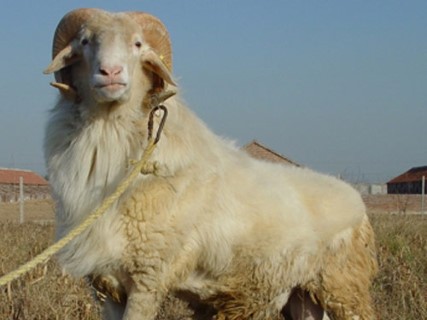Han sheep, a breed native to Mongolia, were developed in the semi-humid agricultural regions of China, specifically in provinces such as Henan, Hebei, Shandong, Anhui, and Jiangsu. Originally classified as a single breed, Han sheep were later recognized as comprising two distinct types, officially designated as the Large-tail Han and Small-tail Han breeds in 1982.
The Large-tail Han sheep are characterized by their polled nature and distinctive long, broad, fat tail. This tail is a notable feature, with a thin twisted end that turns upwards between two lobes, reaching its maximum breadth at the base. However, due to the weight of their tails, Large-tail Han sheep are primarily suited to grazing on plains where movement is less restricted. These sheep typically reach a maximum weight of around 25 kilograms.
In terms of reproductive performance, Han sheep are known for their precocity and high prolificacy. Large-tail Han sheep exhibit fecundity levels of approximately 163%, while Small-tail Han sheep have even higher fecundity levels, reaching around 229%. Recent reports have suggested even greater fecundity rates, with figures of 192% for Large-tail Han and 270% for Small-tail Han sheep. This exceptional reproductive capacity underscores the adaptability and productivity of Han sheep in their native environments.
